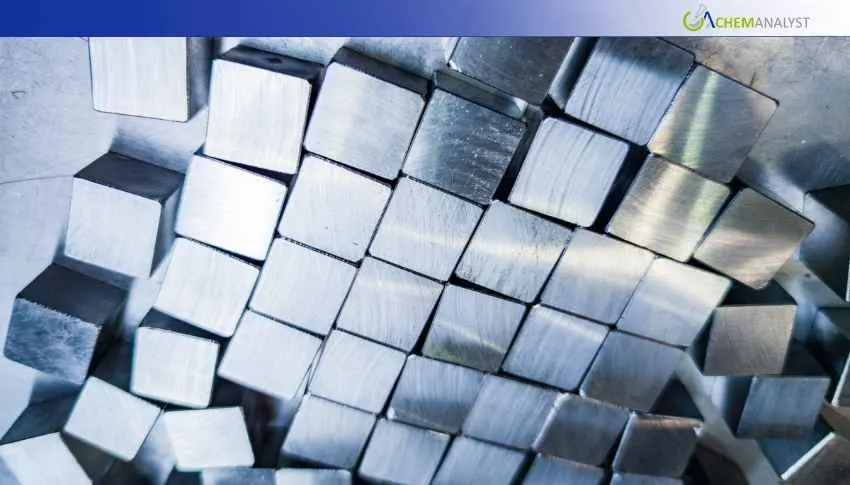Welcome To ChemAnalyst

In late August, Aluminium Ingot prices in Asia witnessed stability with no changes in prices across Japan countered by a marginal fall in China’s prices. While China witnessed inventory buildup, Japan’s prices reflected supply- demand balance.
In the week ending on August 22, aluminium ingot prices in China dropped marginally with inventories rising. At the end of supply, the stock of aluminium ingots was 616,000 mt, 20,000 mt more than last week. New projects under operation in Yunnan progressively added capacity, further causing hurdles in the supply of aluminium ingot and putting the prices under potential downward pressure. This fluctuating capacity with sudden changes in the direction of the capacity was affecting the market expectations of the supply of aluminium ingot.
On the raw material side, the overall capacity of metallurgical-grade alumina in China amounted to 110.32 million mt/year and operating capacity was 91.57 million mt/year. The national weekly alumina operating rate fell by 0.2 percentage points WoW. The alumina fundamentals are basically set to follow the surplus pattern, and this stock accumulation is uninterrupted.
On the demand side, operating rates of downstream processing enterprises were in general decreasing. In the off-season, the market demand was weak such that the orders made to the downstream companies went down therefore, less orders of aluminium ingots were made. Companies have shifted into buying strategy that is demand-based to control costs and minimize stock backlogs leading to poor trading and low spot aluminium ingot market activities. With the prices of aluminium being high, downstream enterprises were much less likely to accept orders, which further strained the market demand of aluminium ingots and collectively causing price pressure on prices.
The aluminium ingot market in Japan stood under pressure in the week ending August 22, 2025, though the prices remained stable.
The reason is that reduced domestic smelting, logistical bottlenecks and elevated energy costs have constrained stocks. Though these challenges entered into play, the prices of ingots in Japan remained unchanged when compared to the previous week as the buyers and sellers had equal expectation given the variations of supply signals.
The demand trends continued to be uneven with positive in the construction sector, which grew on new logistics buildings and urban development projects, but some construction was held back by labor shortages and high material prices. Packaging and industrial oriented applications continued at steady offtake levels, led by Japan-based export manufacturers. The unimproved flat price trend shows a market with little in the way of direction and further momentum will rely on consistent construction orders and a recovery in auto production.
We use cookies to deliver the best possible experience on our website. To learn more, visit our Privacy Policy. By continuing to use this site or by closing this box, you consent to our use of cookies. More info.
